
The famous Herend porcelain and the story behind
Small figurines, ornaments, tableware – all made from the best quality porcelain of Hungary’s finest china manufacturer, Herend.
O
C
Hungary is famous for many things – tasty traditional dishes such as goulash and fisherman’s soup, plenty of thermal baths in Budapest, great wines throughout the country, and the nation’s infamous brandy, pálinka are just a few of the many. But, porcelain would arguably not the first thing that to come to mind when you think of Hungary. However, with its nearly 200-year-old history and excellent craftsmanship, Herend porcelain is one the finest around the globe – no wonder it made it high on the souvenir list of almost every tourist visiting Budapest.
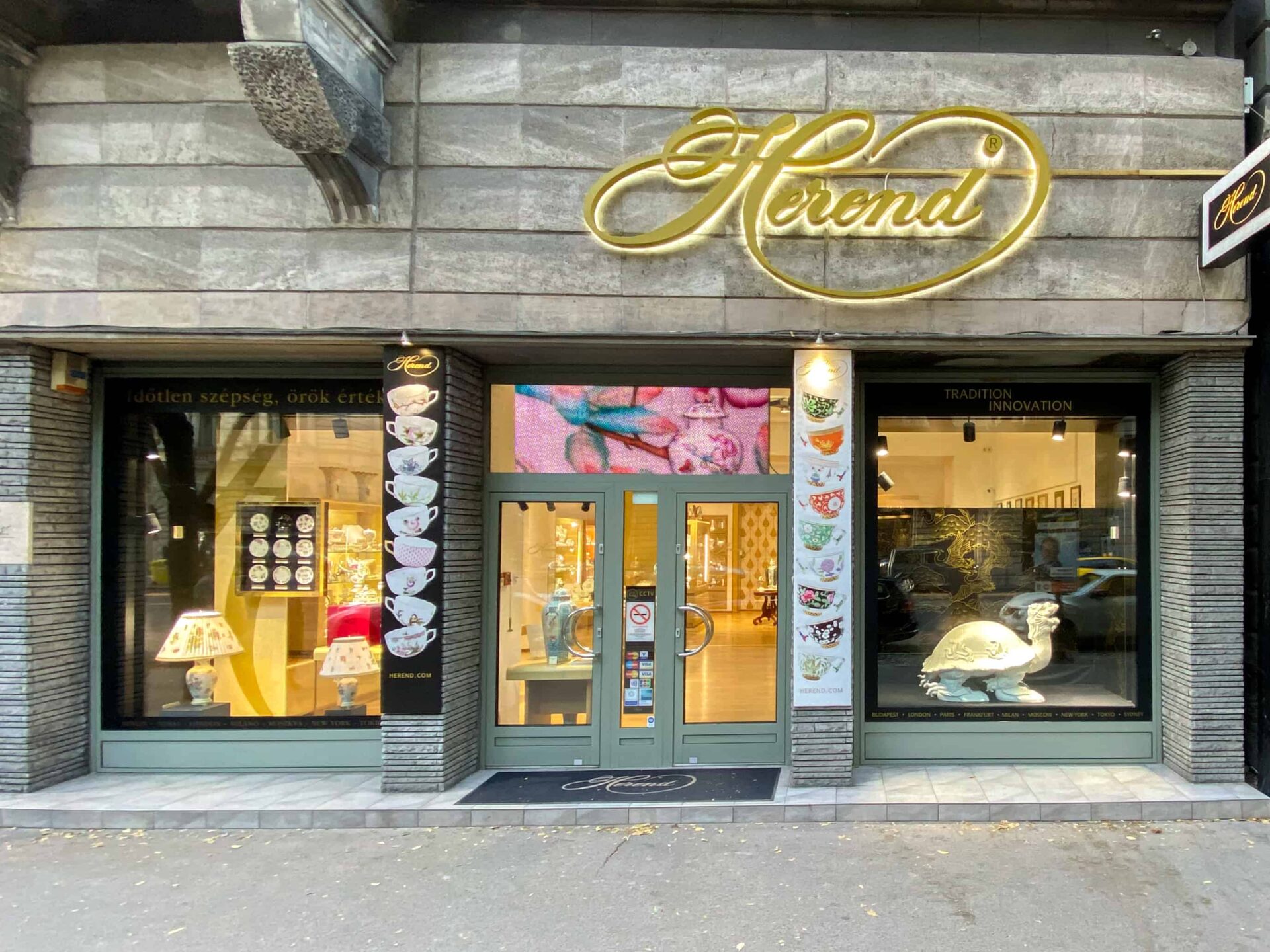
The history of Herend porcelain
It was in 1826 when Vince Stigle registered what later became known as the Herend company in Sopron (one of Hungary’s western-most cities) after having learned the tricks of fine ceramics in Vienna. But, Herend porcelain would have never become a success if it hadn’t been for Mór Fischer, the next owner, who perfected the company’s production techniques to meet international standards. The first breakthrough came in 1851 at the Great Exhibition in London, when Queen Victoria commissioned the company to make a china set with a butterfly and floral pattern for her. To commemorate this, Mór named the pattern for the Queen, and it’s still known as the Victoria pattern to this day. Another major milestone in the company’s success was in 1872, when Emperor Franz Joseph awarded the Herend company with the title of Supplier to the Imperial and Royal Court, which was the highest recognition from the imperial court in that time and which helped Herend become a household name around the globe.
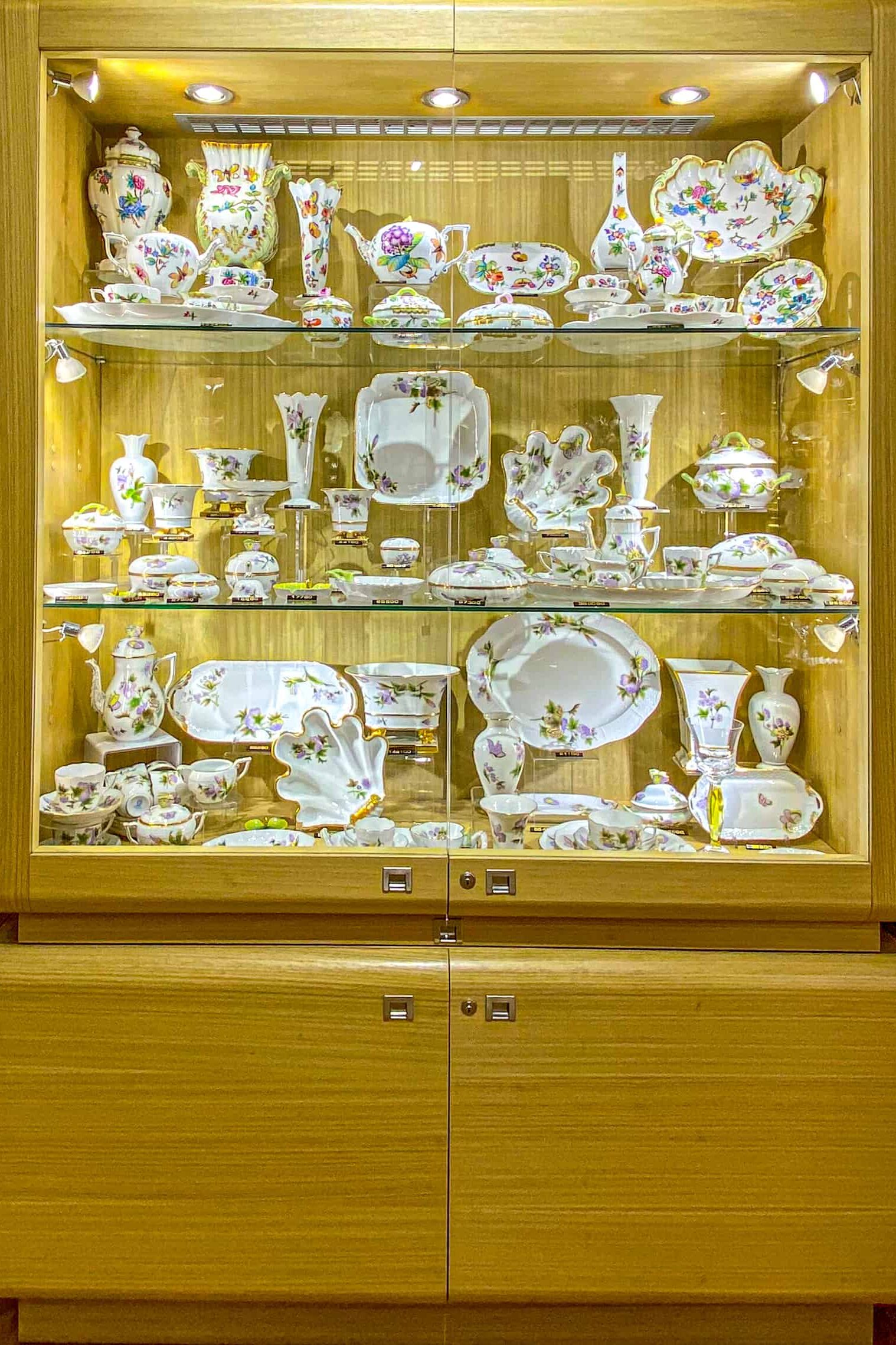
But even before receiving the prestigious award the Emperor, Herend Porcelain became widely-known in the world of figurines as early as 1858, when one of the company’s artists got inspiration from a Chinese plate design and applied a fish scale pattern to a rooster figurine to get a feather look. This pattern has since then become a signature design of the company and was featured on countless porcelain cats and dogs, lions and tigers, and all sorts of barnyard animals – including a lot of roosters, of course – in the following century and a half. While in present times, the fish scale pattern is mostly painted blue, the color black gained a lot of popularity in the 1950s for a simple reason: it was the color that the famous pattern was originally painted in. Talk about a huge come-back.
Starting from the 1873 Vienna World Fair, a year after Herend was awarded the title of Supplier to the Imperial and Royal Court, the Hungarian porcelain manufactory was a regular at numerous world fairs around the globe which all meant awards, recognition, and important milestones for the company, such as the below:
- 1901 – International ceramics exhibition in St. Petersburg: gold medal
- 1904 – St. Louis Fair and World Exhibition: gold medal
- 1933 – World Fair in Chicago: the beginning of exporting Herend porcelain to the US
Apart from global success, Herend remained an extremely popular porcelain manufacturer in Hungary, too. In 1964, the Herend Porcelain Museum opened its gates to the public as a factory collection and specialized trade museum. Then, in 1999, a spectacular new exhibition center named Porcelanium was opened to attract visitors in the new millennium.
It wasn’t always easy for the Herend company, though – the unfortunate events of the 20th century led it on a bumpy road ahead of an uncertain future. First, during world war I, production and export were reduced to a minimum, as the majority of the company’s employees were called up in the army, leaving the plant barely operational. Then, in 1948, the Herend Porcelain Manufactory was nationalized by the reigning communist party (same as Unicum – another world-famous Hungarian brand with a varied history) and continued to work as a member company of Fine Ceramics Works, a state-owned firm uniting the country’s ceramics factories. Luckily, Herend left Fine Ceramics Works in 1981 and became an independent business again.
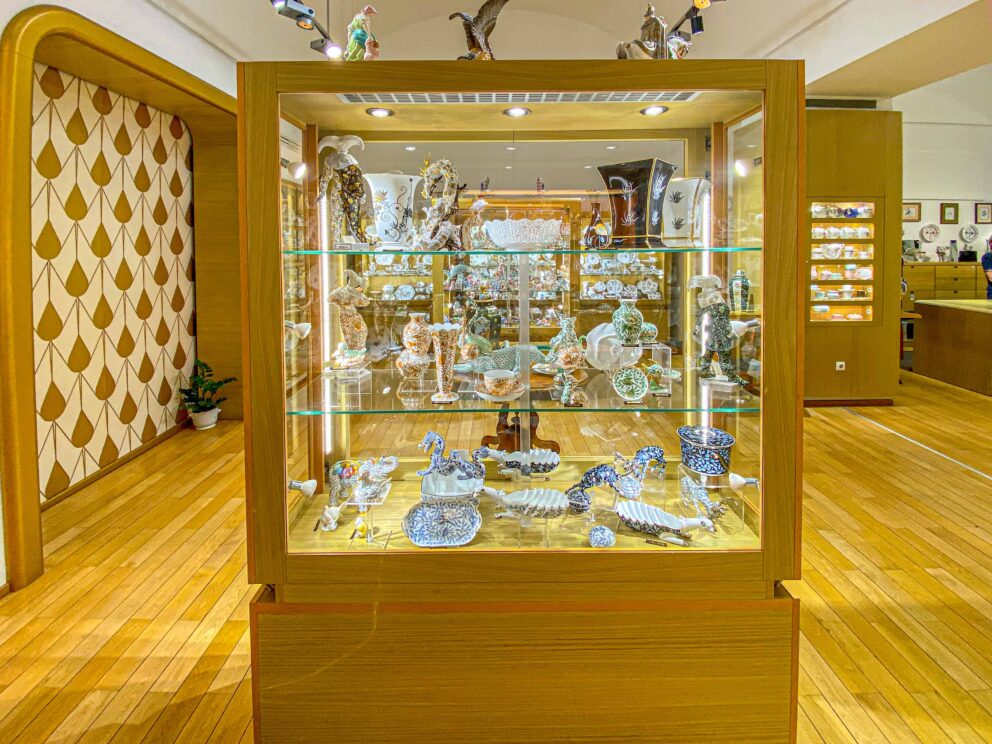
In the decades to come, the company continued to cement its position as a world-famous porcelain manufacturer: from stealing the show at countless exhibitions throughout the world, through making Hungary’s official gift to the newborn British Crown Prince George, to becoming the world’s largest porcelain manufactory, Herend has done it all to become a name to remember.
Today, the name Herend equals unmatched quality and the brand is among the best porcelain manufacturers of the world.
How Herend porcelain is made
As in every decent recipe, the process starts with a couple of basic ingredients – in our case, these are kaolin, feldspar, and quartz. When the ingredients form a raw paste, they’re mixed with water and poured into a plaster mold which absorbs a significant portion of the water. The solid parts stick to the wall of the mold, resulting in a formidable material that can be cut further. When the hand shaping of the smaller pieces is done, they undergo their first firing, which is performed at 950°C. Then, the pieces are glazed and put back in the oven for another treatment, but this time at a higher temperature (1400°C), to give them a magnificent shine. At this point, what we’re left with (usually) are plain white porcelain pieces, which are now ready to be dressed! All Herend china are painted by hand with a special porcelain paint containing different power-based metal oxides, turpentine, and with their own evaporated remains which make the paint spreadable and processable. On some products, real gold is used. In this case, the decoration is followed by another firing (at 800°C) to allow the pattern to burn onto the surface.
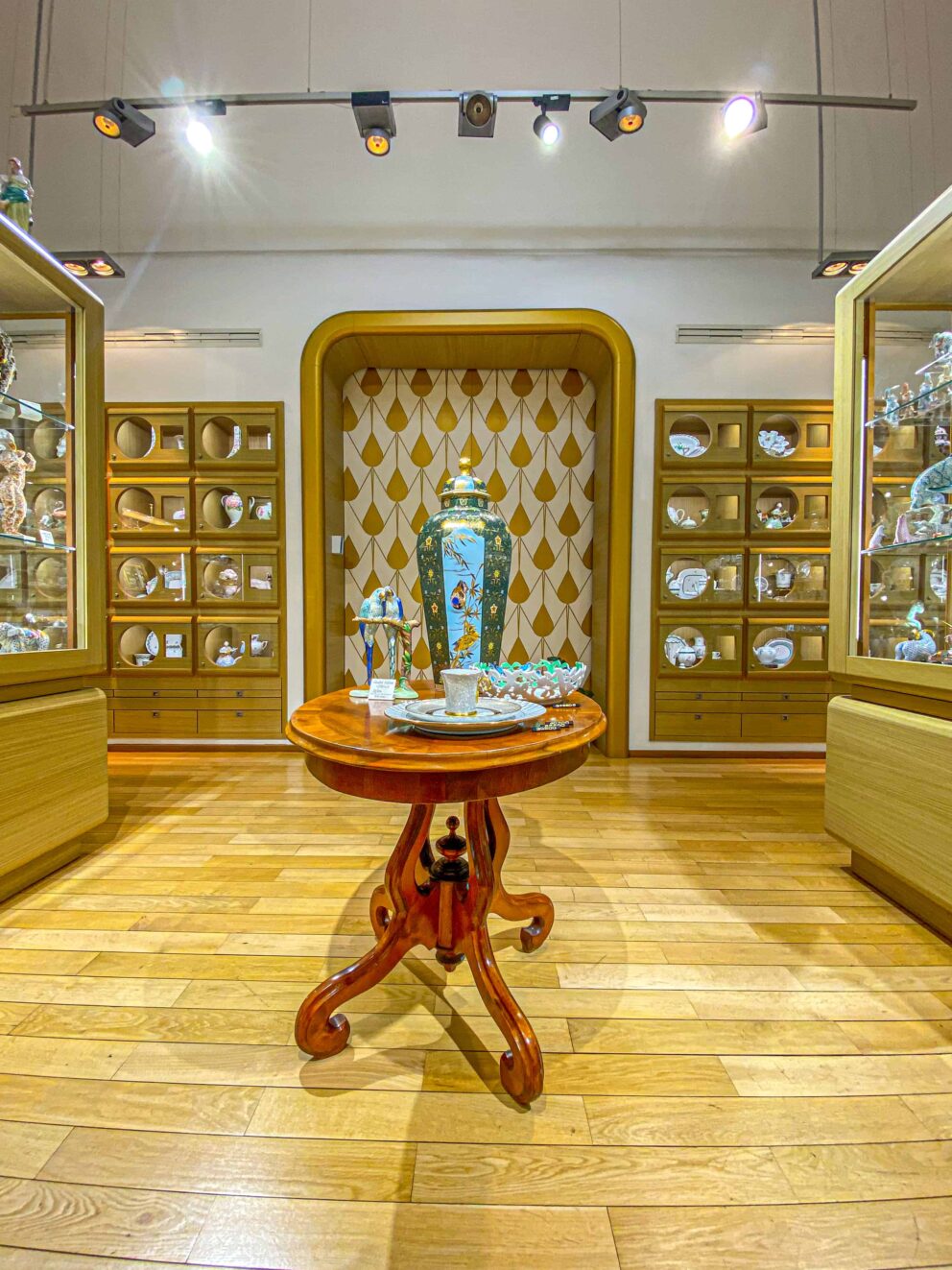
The inimitable porcelain wonders of Herend
The most famous Herend china collections can be divided into three large groups: tableware, ornaments, and figurines. In the first category, the product line consists of tea, coffee, and mocha sets, and a thousand other options for single cups or plates. The situation is a bit more exciting ornament-wise as Herend produces various types of decorations. From vases and bonbonierres, through lamps and eggs to wall plates – you can spice up any spot of your home with a Herend masterpiece. However, their most popular items among tourists are probably their figurines. Not only because they’re small enough to fit into even the smallest suitcase easily, but because there are about 1000 variations of them. Dogs, teddy bears, parrots, monkeys, foxes, clowns, Turkish figures, Hungarian folk characters, and the list goes on. If you’re interested, have a look at their spectacular 2021 Phoenix collection!
Where to buy Herend porcelain and what does it cost?
You don’t need to go far for the next Herend shop as there are 8 of them only in Budapest. There are 4 on both sides of the Danube, so you can stop by one during one of your walks along the promenade (which is an absolute must for the reasons discussed in this article), and there’s even one inside the Budapest Four Seasons Hotel! However, be mindful of the prices, as you’ll see huge differences. It’s possible to buy a small figurine for a couple of thousand forints, but if you’re looking for something heavier and more meaningful, then, well, the sky’s the limit.
Find a Herend store here.
Q & A
- Do Hungarians make porcelain
- Yes, they do. Herend porcelain is one of the best and most famous in the world.
- Where can I buy Herend porcelain?
- You can buy Herend porcelain at 8 stores only in Budapest, but they also have a number of locations all over the world.










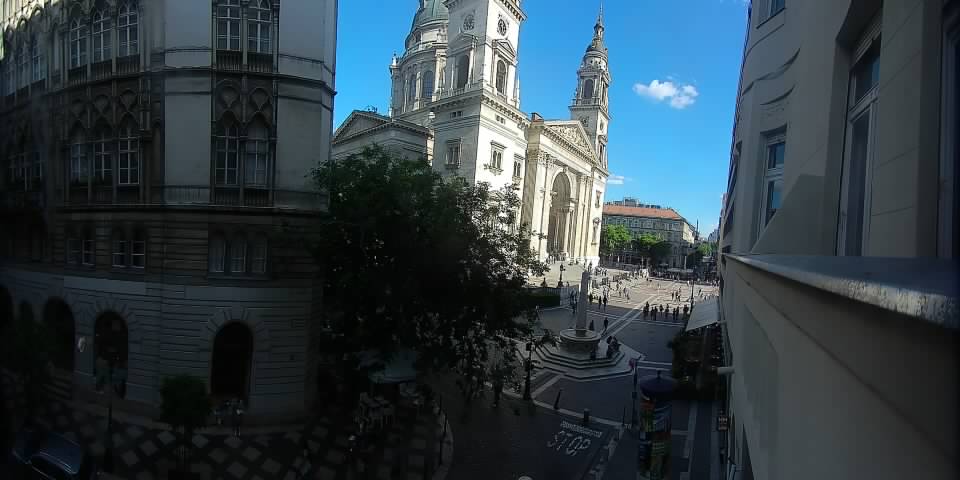

Your experience is important.
Anything you have not found?
Ask a Question
Please log in to write a review.
There is no review yet.